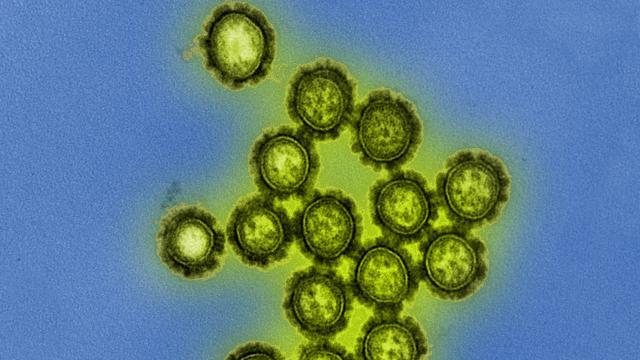This past winter’s flu season was quickly recognised as one of the worst to come along in a long time. But new data from the Centres of Disease Control and Prevention highlights just destructive it was in the United States. According to new data, there were 80,000 flu-related deaths last season, the single highest toll seen in at least four decades.
Across the board, the 2017-2018 flu season was brutal. There were an estimated 900,000 people hospitalised in the US for the flu, resulting in the highest hospitalisation rate seen in modern history, breaking a previous record established during the 2014-2015 season.
And the number of reported paediatric deaths — 180 — was the highest ever caused by a seasonal flu since the current surveillance system was established in 2004 (though the 2009 swine flu pandemic, which is not considered a seasonal flu, killed more children).
Because America’s system of tracking flu-related death and illness has changed over the years, it’s difficult to know the last time the seasonal flu was as deadly. But we do know the 80,000 deaths dwarf any annual number recorded as far back as the 1976-1977 season. The previous record holder was the 2012-2013 season, which saw 56,000 deaths.
Pandemic flu strains have been deadlier, however, particularly the 1918 Spanish flu, which killed an estimated 650,000 Americans.
“Last year was just a horrible season,” Daniel Jernigan, head of the CDC’s influenza division, said in a media call this week. “It was just a tremendous amount of disease.”
These figures are preliminary but unlikely to change much by the final tally, the CDC said.
Part of the reason why this past season was so horrible has to do with the most predominant strain that was circulating in the country, an influenza A virus called H3N2. H3N2 is known to be more virulent than other seasonal strains, and to make matters worse, vaccines against H3N2 tend to be less effective. According to the CDC data, the vaccine this time around was only 25 per cent effective against H3N2.
Still, the vaccine certainly saved lives. Overall, it was about 40 per cent effective at preventing the flu from all three major strains this past season. And its effectiveness was even better in age groups known to be higher risk of complications, such as the very young.
Despite the added media attention (and strongly-worded pleas), the average percentage of Americans who got vaccinated barely budged from previous seasons, the CDC reported.
The CDC reports that the majority (80 per cent) of children who died from the flu last winter were unvaccinated. And even during the 2012-2013 season (another season when the vaccine wasn’t very effective against H3N2), the vaccine still prevented more than 10,000 deaths, according to the CDC.
The CDC plans to release its final estimates of how much death and illness the vaccine prevented during the 2017-2018 season later this year. But the take-home message, as always, is clear: Get the flu shot. You might just save a life.
[CDC via Washington Post]
